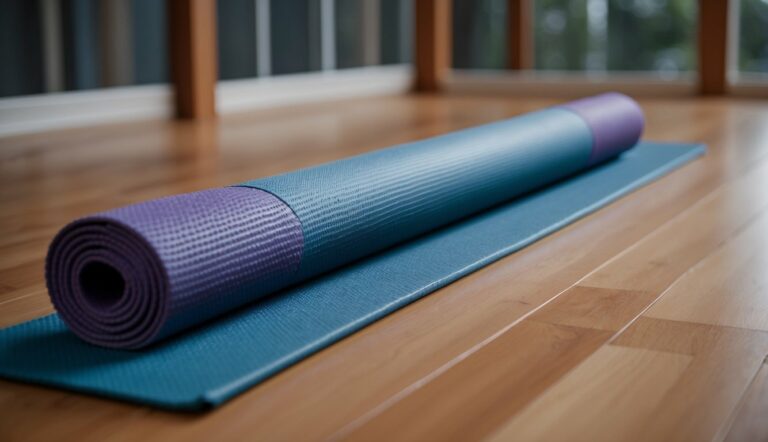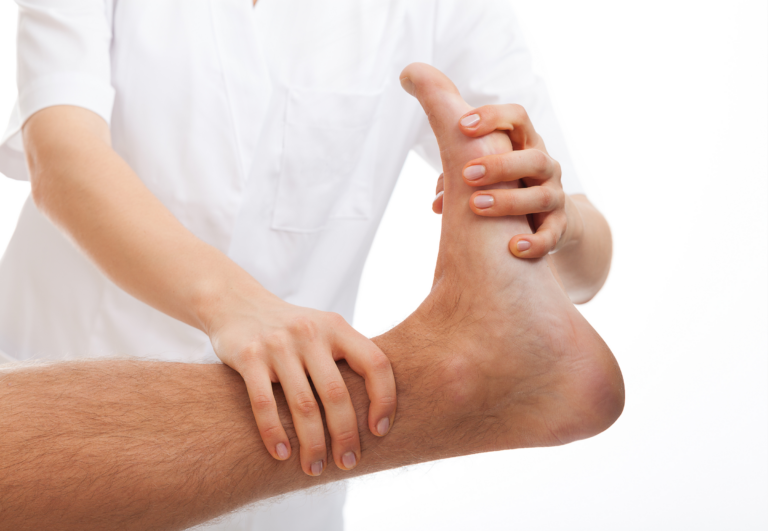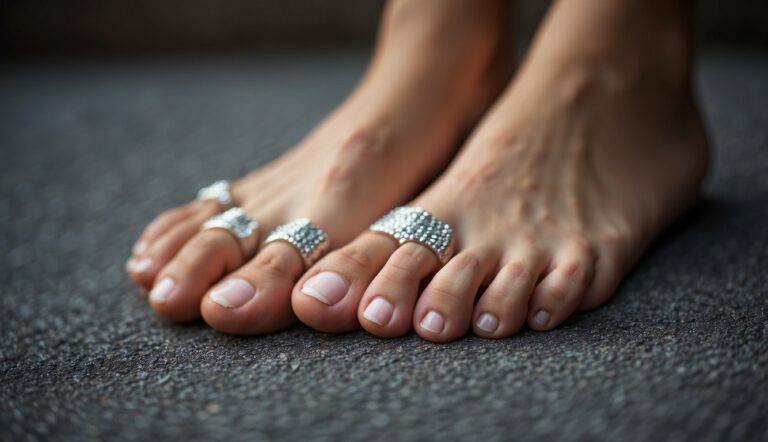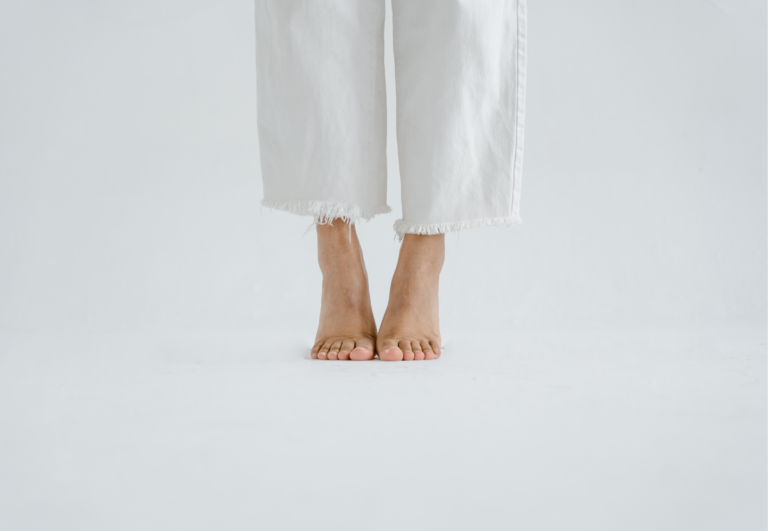Toe Spacer Exercise Guide: Optimize Your Foot Health and Flexibility
Toe spacers are simple yet effective tools designed for spreading the toes, which can have a range of benefits for foot comfort and health. I’ve found that by consistently incorporating them into my routine, they encourage proper toe alignment, which can prevent or alleviate pain from common foot ailments. Regular use of toe spacers during exercises can actually contribute to strengthening the intrinsic muscles of the foot, promoting better balance, stability, and overall foot mechanics.
Using toe spacers isn’t just for those who have foot issues; they can be an essential part of anyone’s fitness tools. Athletes, in particular, may notice enhanced performance and comfort by incorporating toe spacers into their pre-workout or yoga routines. The spreading of the toes helps to create a more stable base for various forms of exercise, which is key for anyone trying to improve their athletic abilities or even just their everyday posture and gait.
While toe spacers might seem like a humble accessory, they pack a powerful punch when it comes to maintaining and improving foot health. It’s important to understand how to use them correctly to maximize benefits. Integrating them into your daily life can be as simple as wearing them for short periods during rest or as involved as including them in your exercise regimen. It’s a small step that I’ve taken toward better foot health, and it’s made a significant impact on my comfort and performance.
Toe Spacer Exercise Guide
Toe spacers are tools designed to help realign your toes and improve foot function.
Here’s a guide to exercises you can do with toe spacers:
- Seated Toe Splay:
- Sit with your feet flat on the ground and toe spacers in place.
- Spread your toes apart actively, hold for a few seconds, then relax.
- Repeat for several repetitions to help increase the space between your toes.
- Toe Presses:
- While sitting or standing, press each toe down into the ground to activate the muscles in the arch of your foot.
- Hold for a few seconds, then release.
- Perform this exercise with each toe individually to enhance toe strength.
- Walking:
- Simply walking around with toe spacers can help your feet adjust to them.
- Start with a few minutes a day and gradually increase the time as your feet become more accustomed to the spacers.
- Heel Raises:
- Stand with toe spacers in place.
- Lift your heels off the ground, coming onto the balls of your feet.
- Hold for a moment, then slowly lower back down.
- This exercise strengthens the calf muscles and the arch of the foot.
- Toe Curls:
- Sit with your feet flat and a towel under your feet.
- Curl your toes to scrunch the towel towards you, then straighten them to push it away.
- This exercise helps strengthen the muscles on the underside of your feet.
- Foot Domes:
- Sit or stand with toe spacers in place.
- Without curling your toes, try to create a dome shape with your foot by pressing the ball of your foot and your heel into the ground while lifting your arch.
- Hold for a few seconds, then relax.
- Toe Yoga:
- With toe spacers in, attempt to lift each toe individually, starting with the big toe and working towards the little toe.
- This exercise improves toe independence and strength.
- Balancing Exercises:
- Stand with toe spacers in place and try to balance on one foot.
- Hold the position for as long as you can, then switch feet.
- This can help improve stability and proprioception.
When using toe spacers for exercises, it’s important to start slowly and listen to your body. If you feel any pain or discomfort, stop the exercises and consult with a healthcare professional. Over time, these exercises may help improve the health and function of your feet.
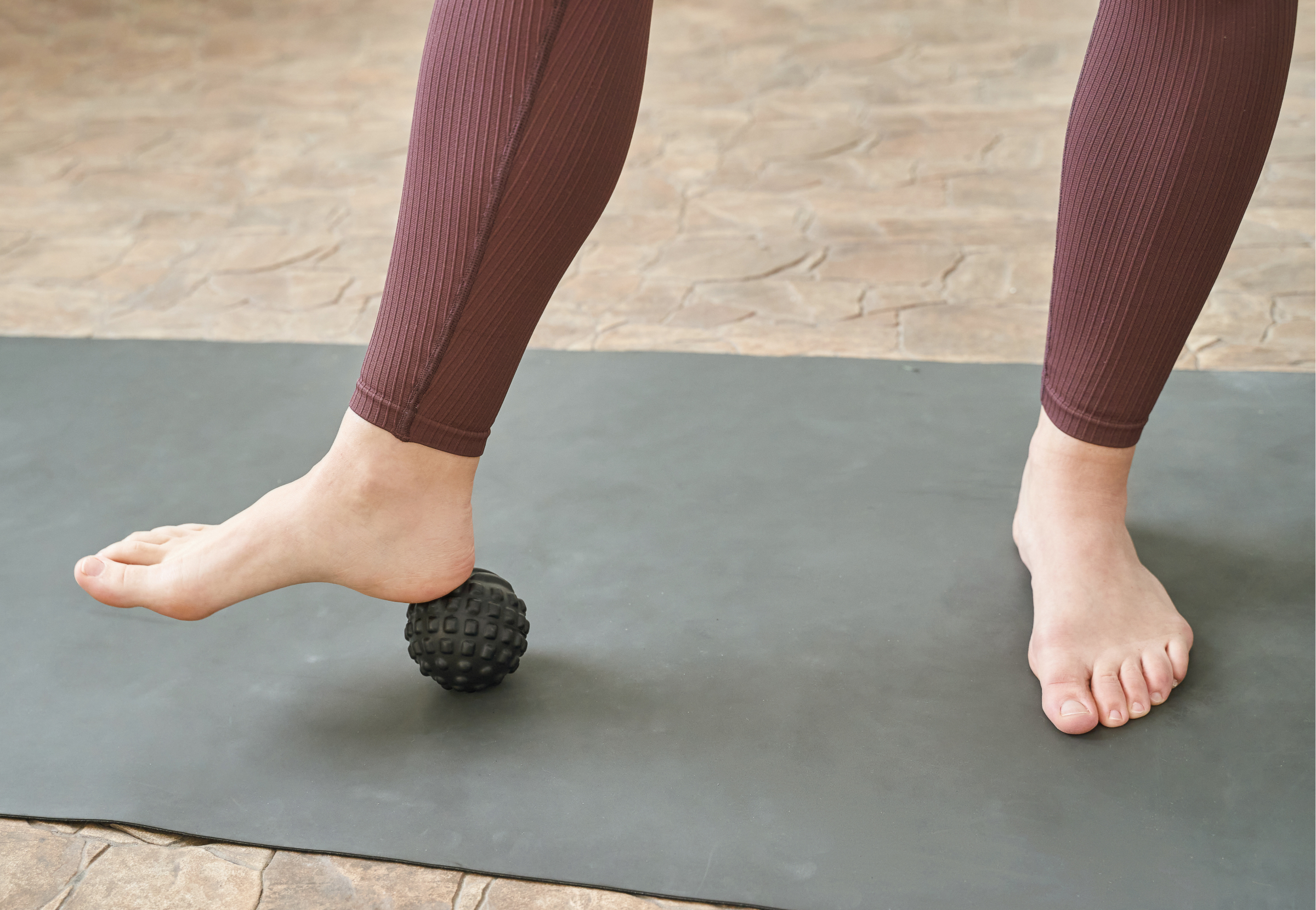
Toe Spacer Overview
Toe spacers are tools that I use to improve foot alignment by separating the toes to a natural position. They aid in distributing pressure evenly across the feet, promoting better balance, alignment, and overall foot health.
Types of Toe Spacers
Silicone: Offers a soft, flexible fit that adapts to your foot’s shape.
Gel: Provides a cushioning effect, though less durable than silicone.
Foam: Less common, can compress over time, offering a softer experience initially.
Benefits of Using Toe Spacers
- Alleviate Pain: They ease discomfort from foot deformities like bunions.
- Enhance Posture: By realigning the toes, they support the body’s natural balance.
- Improve Balance: Regular use can lead to better stability during movements.
Material and Design Considerations
When choosing toe spacers, the fit and material are crucial for effectiveness. Here’s what to consider:
- Fit: Must be snug but not overly tight; some are size-adjustable.
- Material: Typically silicone or gel, silicone is best for durability and comfort.
In my experience, silicone toe spacers strike the best balance in terms of comfort, durability, and effectiveness.
Selecting the Right Toe Spacer
Choosing the correct toe spacer is crucial for addressing foot problems and enhancing comfort. It’s important for me to consider the sizing, fit, and specific foot conditions to assure the best results.
Sizing and Fit
Size: Foot sizing is not uniform, so selecting a toe spacer that fits well is imperative to avoid discomfort. A well-fitting toe spacer should not pinch or cause excessive pressure, but rather allow a comfortable separation of the toes.
- Small/Medium/Large Options: Normally, toe spacers come in these standard sizes.
- Measurement: Measure the width of your foot to compare with sizing charts.
- Trial: If possible, try them on or use a brand with a good return policy in case of sizing issues.
Material and Design: Flexibility and softness are key to a good fit, especially if you have sensitive skin or are prone to irritation.
- Silicone and Gel: Common materials known for their flexibility and comfort.
- Rigid vs Flexible: Some toe spacers are rigid for more aggressive correction, while others are more flexible for comfort.
Specific Conditions and Foot Types
Bunions and Toe Misalignment: For those with bunions or toe misalignment, toe spacers designed for these conditions can help realign the toes and provide relief from discomfort.
- Grooves and Bumps: Look for spacers with contours to fit around bunions or other protrusions.
- Corrective Positioning: Certain designs offer a more aggressive approach to realign toes over time.
Foot Type Considerations: The type of foot you have, such as flat feet or narrow toe boxes, plays a significant role in finding the ideal toe spacer.
- Arch Support: Some spacers come with arch support features for those with flat feet.
- Width Appropriateness: Ensure the spacer accommodates the width of your foot to prevent further issues.
Toe Spacer Exercises
Toe spacers are a useful tool for improving foot health. They assist in realigning the toes to their natural position, enhancing mobility and stability. I’ll share some targeted exercises to help you harness the benefits of toe spacers.
Stretching and Mobility
Toe Splay: With toe spacers in place, sit or stand and focus on spreading your toes apart. Hold the position for 30 seconds and release.
- Frequency: Repeat 3-4 times.
- Objective: Improve toe separation and flexibility.
Big Toe Press: Place your big toe against the ground, applying gentle pressure while wearing the spacers.
- Sets: Do 2-3 sets of 10 presses.
- Goal: Strengthen the big toe for better support and balance.
Yoga enthusiasts can use toe spacers during their routines to deepen stretches and enhance balance. In yoga poses that focus on balance and foot strength, toe spacers can be particularly beneficial.
Strength and Stability Workouts
Toe Curls: With spacers in, curl your toes as if gripping a small object, then release.
- Repetitions: Perform 10-15 curls for each foot.
- Benefit: Builds foot strength, aiding in movements such as running and walking.
Heel Raises: Stand with toe spacers in and lift your heels off the ground, balancing on your toes.
- Sets: Do 2-3 sets of 12-15 raises.
- Aim: Enhance calf strength and stability for athletic performance.
Athletes can incorporate toe spacers into their strength and stability workouts to promote proper foot alignment and mechanics. When walking, running, or engaging in sports that demand intricate foot movement, these exercises can make a noticeable difference in performance.
Incorporating Toe Spacers into Daily Activities
Toe spacers can be seamlessly integrated into your daily routine, enhancing foot health and improving your posture and balance when used correctly.
During Exercise Routines
I often use toe spacers during my workouts to promote proper toe alignment, which is crucial for balance and stability. For instance, when engaging in yoga or Pilates, I ensure they are comfortably in place before beginning to maximize the benefits. It’s essential to start with exercises that have a low impact, such as walking or stretching, to adapt to the sensation of toe spacers. Here’s how I incorporate toe spacers during different exercises:
- Walking: Start with short walks while wearing toe spacers. Gradually increase the duration as comfort allows.
- Running: Once accustomed to walking with toe spacers, running can be attempted if comfortable, but always be mindful of any discomfort.
- Balance Exercises: Balance exercises with toe spacers can enhance foot mechanics, which may improve overall exercise performance.
Wearing with Footwear
Choosing the right footwear to use with toe spacers is crucial. Here are specific guidelines I follow:
- Sizing: Ensure your shoes have enough room to accommodate toe spacers. Shoes should not pinch or constrict the feet with spacers in place.
- Footwear Type: I prefer wearing toe spacers with wide-toe-box or barefoot shoes for optimal comfort and fit.
- Daily Use: When first starting to wear them with shoes, limit the duration to a few hours a day and increase gradually.
For successfully incorporating toe spacers into daily activities, comfort and gradual adaptation are key. Whether used during exercise or with your regular footwear, proper sizing and choosing the right times to wear them will ensure a beneficial and comfortable experience.
Care and Maintenance of Toe Spacers
Maintaining toe spacers is essential to ensure they remain effective and hygienic for regular use. I’ll guide you through cleaning them and recognizing when it’s time for a replacement.
Cleaning and Hygiene
It’s crucial to keep toe spacers clean to prevent any build-up of bacteria or fungi that could lead to discomfort or even infections. Most spacers, especially those made of silicone or rubber, are easy to clean:
- Rinse: After each use, rinse the spacers with warm water to remove any debris.
- Soap: Apply a mild soap and gently scrub to cleanse thoroughly.
- Dry: Pat dry with a lint-free towel or let them air dry completely before the next use.
To maintain optimal hygiene, perform this routine after every use.
When to Replace
Toe spacers are durable, but they don’t last indefinitely. Look out for signs of wear and tear that indicate it’s time for a replacement:
- Material Breakdown: If you notice the silicone or rubber starting to degrade, become sticky, or lose shape, it’s time for new spacers.
- Comfort: Should they start causing any discomfort which wasn’t present before, this might be a sign of deterioration.
As a rule of thumb, if you use toe spacers daily, consider replacing them every six months to ensure they remain effective and comfortable.
